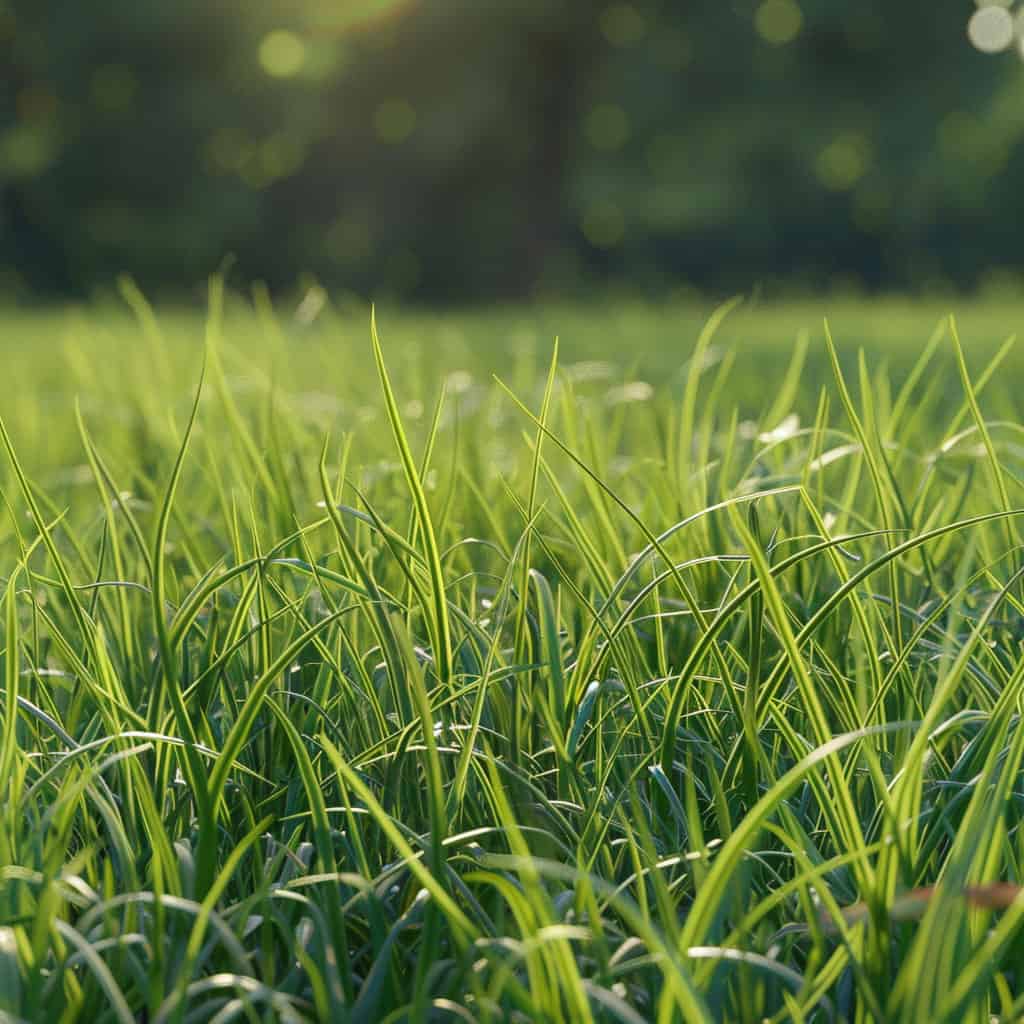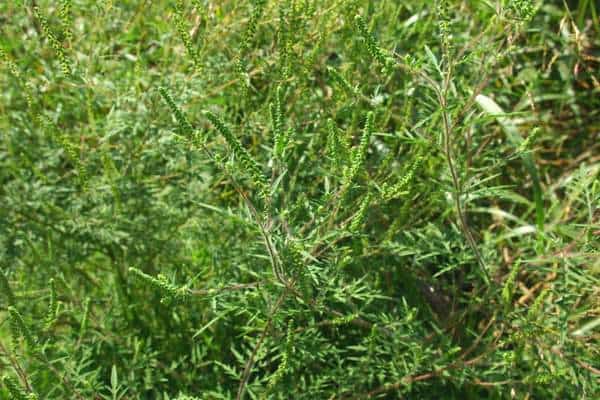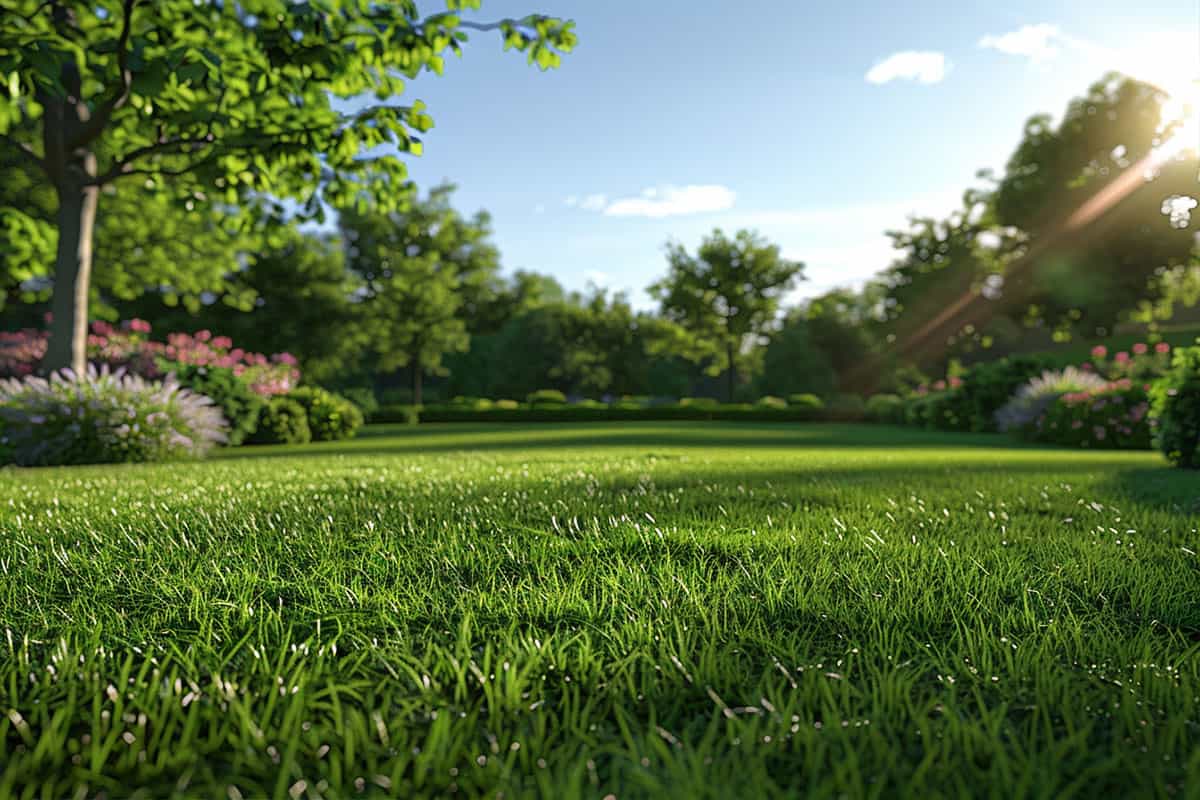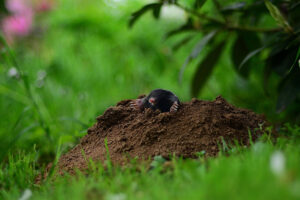This page may contain affiliate links. If you click and buy, we might get a small commission at no cost to you.
A lush, green lawn is a beautiful sight, but traditional lawn care methods can be harmful to the environment. Chemicals, excessive water use, and gas-powered equipment contribute to pollution and resource depletion. Fortunately, eco-friendly lawn care practices offer a sustainable alternative that benefits both your yard and the planet. Here are seven helpful tips to create and maintain an environmentally friendly lawn.
Eco-Friendly Lawn Care – 7 Tips
1. Choose Native and Drought-Resistant Grass
One of the most effective ways to ensure your lawn thrives with minimal environmental impact is by selecting the right type of grass. Native grasses are well-adapted to your region’s climate and soil, requiring less water and fewer chemical inputs.
Drought-resistant varieties, such as Bermuda grass, Buffalo grass, and Zoysia, are excellent choices for areas prone to dry spells. These grasses have deep root systems that help them access water more efficiently, reducing the need for frequent irrigation.

2. Practice Responsible Watering
Watering your lawn responsibly not only conserves water but also promotes healthier grass growth. Follow these guidelines to water efficiently:
- Water Early in the Morning: Watering early allows the grass to absorb moisture before the sun evaporates it. This also helps prevent fungal diseases.
- Deep and Infrequent Watering: Water your lawn deeply but infrequently to encourage deep root growth. Aim for about 1 inch of water per week, including rainfall.
- Use Smart Irrigation Systems: Invest in a smart irrigation system that adjusts watering schedules based on weather conditions and soil moisture levels.
3. Mow High and Often
Mowing your lawn at the right height and frequency is crucial for maintaining its health and reducing environmental impact. Follow these tips for eco-friendly mowing:
- Set Mower Blades High: Keep your mower blades set to a height of 3-4 inches. Taller grass shades the soil, reducing evaporation and inhibiting weed growth.
- Leave Grass Clippings: Instead of bagging grass clippings, leave them on the lawn. They decompose quickly, returning valuable nutrients to the soil.
- Sharpen Mower Blades: Sharp blades cut grass cleanly, reducing stress on the plants and promoting healthier growth.

4. Fertilize Naturally
Synthetic fertilizers can harm the environment by leaching into waterways and contributing to pollution. Opt for natural fertilizers to nourish your lawn sustainably:
- Compost: Spread a thin layer of compost over your lawn to improve soil structure and provide essential nutrients.
- Organic Fertilizers: Use organic fertilizers made from natural ingredients like bone meal, blood meal, and fish emulsion. These release nutrients slowly, promoting steady growth.
- Grasscycling: Allow grass clippings to decompose on the lawn, providing a natural source of nitrogen.
5. Control Weeds Naturally
Chemical herbicides can harm beneficial insects, wildlife, and soil health. Instead, use natural methods to manage weeds:
- Hand-Pulling: Regularly inspect your lawn and remove weeds by hand before they spread.
- Mulching: Apply mulch around flower beds and garden borders to suppress weed growth.
- Corn Gluten Meal: This natural herbicide can prevent weed seeds from germinating without harming established plants.

6. Enhance Soil Health
Healthy soil is the foundation of a thriving lawn. Implement these practices to improve soil health naturally:
- Aerate Annually: Aerating your lawn helps alleviate soil compaction, allowing air, water, and nutrients to reach the roots. Use a manual or mechanical aerator for best results.
- Topdress with Compost: Spread a thin layer of compost over your lawn to enrich the soil and promote beneficial microbial activity.
- Test Soil Regularly: Conduct a soil test every few years to determine nutrient levels and pH. Adjust your soil care routine based on the results.
7. Reduce Lawn Size

Consider reducing the size of your lawn to minimize maintenance and environmental impact. Here are some alternatives:
- Plant Native Shrubs and Perennials: Create flower beds and borders with native plants that require less water and care.
- Install Ground Covers: Use ground covers like clover, thyme, or moss in areas where grass struggles to grow.
- Create Hardscapes: Incorporate pathways, patios, and seating areas with natural materials like stone or wood to reduce grassy areas.



